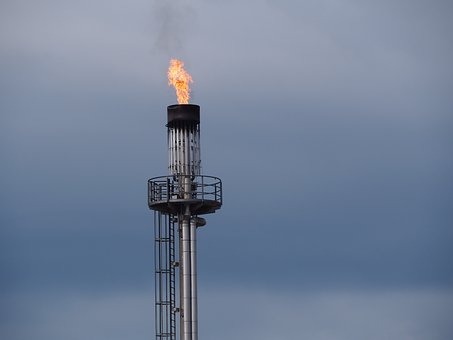U.S. Interior Issues New Onshore Oil, Gas Lease Sale Notices

The Bureau of Land Management on April 18 issued sale notices for its June 2022 competitive oil and gas lease sale. The reformed onshore lease sale follows the Department of the Interior’s November 2021 report that recommended an overhaul of the federal oil and gas program. The agency will apply the first increased royalty rate of 18.75 percent for the leases sold, in keeping with rates charged by states and private landowners.
The Department of the Interior on Apr. 15 acted in accordance with a court order to reinstate the leasing program which was paused pursuant to an executive order issued in January 2021. The department intends to demonstrate its balanced approach to promoting energy development and managing the nation’s public lands as outlined in the November 2021 report on the Federal Oil and Gas Leasing Program. In the announcement, the department said that the reformed oil and gas lease sales would prioritize people’s interests in federal lands and fix flaws in the program. Despite considerable changes in market conditions and increased understanding of the oil and gas programs’ environmental and climate impacts, there has been no change in these programs or their administration over several decades. The department pointed to the urgent need to reduce emissions and transition to a clean energy economy, noting that it has a central role and responsibility in meeting the challenges.
Earlier, in November 2021, the administration issued its long-awaited report on federal oil and gas leasing practices recommending an overhaul of the program. The report calls for significant reforms to ensure a fair return to taxpayers, discourage speculation, hold operators responsible for remediation, and create a more inclusive approach that provides adequate opportunity for public engagement and consultation with Tribes. The report pointed to outdated fiscal components of the onshore oil and gas program, with royalty rates that have not been raised for 100 years. The federal rate of 12.5 percent that developers pay to drill on public lands is lower than the royalty rate in states with leading production levels; for example, Texas royalty rate can be double the federal rate. The report also recommends avoiding leasing that conflicts with recreation, wildlife habitat, conservation, and historical and cultural resources.
Several of the department’s recommendations are incorporated into the lease sales, including consultation with tribes and involvement of the public, use of the best available science such as analysis of greenhouse gases, and the first-ever increase in royalty rates for new competitive leases to 18.75 percent. Rather than leasing parcels far away from existing development and infrastructure, the new approach uses parcels close to existing development and infrastructure, such as gathering lines, to minimize venting and flaring and to maintain the resilience of intact public land and ecosystems. GHG emissions and the social cost of GHG emissions were disclosed as part of the agency’s environmental analysis, which provided key context for the agency’s decisions.
The BLM evaluated potentially available and qualified acreage in Alabama, Colorado, Montana, Nevada, New Mexico, North Dakota, Oklahoma, Utah, and Wyoming. The agency began analyzing 646 parcels on approximately 733,000 acres that had previously been nominated for lease by energy companies. A total of 173 parcels on about 144,000 acres will be offered in the final sale notices, a significant 80 percent decrease from the acreage originally proposed.
The notices initiate a 30-day public protest period that ends on May 18. The parcels will be offered at the sale scheduled for June 16.
EnerKnol Pulses like this one are powered by the EnerKnol Platform—the first comprehensive database for real-time energy policy tracking. Sign up for a free trial below for access to key regulatory data and deep industry insights across the energy spectrum.
ACCESS FREE TRIAL